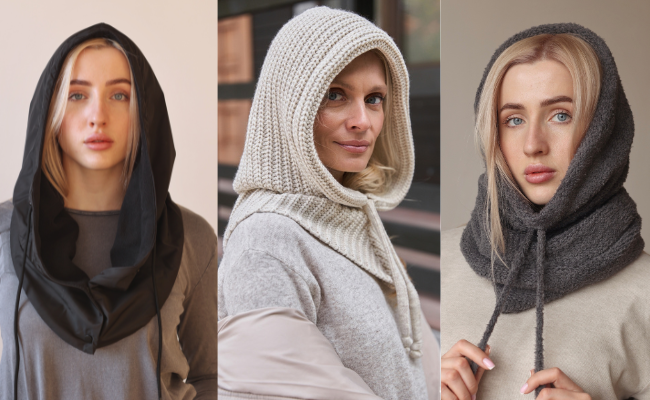The True Cost of Fast Fashion: Why Slow Brands Matter in 2026

Fast fashion has shaped the global clothing market for more than two decades — offering constant newness, low prices, and weekly micro-drops. But in 2026, consumers are more aware than ever that low-cost clothing has a high hidden price. From environmental impact to garment quality to labor conditions, the gap between fast and slow fashion has never been clearer.
This article breaks down the real facts behind fast fashion — and explains why slow, thoughtful brands are becoming the modern standard.
Quality & Comfort: What You Actually Pay For
Fast fashion prioritizes volume and speed. The result:
• Lower-grade yarns
• Mass-production seams that lose shape quickly
• Pilling, stretching, shrinking
• Limited breathability and skin comfort
Slow fashion brands invest in:
• Natural or improved natural-performance fibers
• Denser, longer-lasting knit structures
• Comfortable, breathable textures
• More ethical production cycles
Consumers in 2025–2026 increasingly choose long-term comfort over disposable clothing, especially in colder climates where knitwear becomes a daily essential.
Labor & Transparency: The Ethical Divide
⏱️ Fast fashion relies on extremely compressed production timelines, often leading to poor working conditions in factories.
🌱 Slow-fashion brands prioritize smaller batches, safer production environments, and transparent supply chains.
Transparency has become a core value for modern consumers, especially in the US, Canada, Europe, and Australia — regions that are shifting toward conscious shopping habits.
Why Slow Brands Matter in 2026
Slow fashion is no longer niche — it’s the future.
Key drivers:
• Climate regulations pushing brands to reduce waste
• Rising consumer preference for long-lasting staples
• The shift toward capsule dressing
• The global “comfort-first” movement in knitwear and loungewear
• Increased awareness of materials and skin sensitivity
MammyHug aligns with these values through:
-
Thoughtful small-batch production
-
Natural and comfort-first yarns
-
Designs created to last beyond one season
-
A focus on warmth, softness, and elevated everyday wear
-
Modern silhouettes that work in real wardrobes
This isn’t about trends — it’s about creating meaningful pieces you want to reach for again and again.
Conclusion
Fast fashion appears inexpensive, but its true costs — environmental, ethical, and financial — are far higher than they seem. As we move into 2026, slow fashion brands set a new standard: fewer pieces, better quality, more comfort, and a wardrobe that supports both people and the planet.
Slow fashion is not just a movement.
It’s the natural evolution of how we choose to dress — thoughtfully, responsibly, and beautifully.




